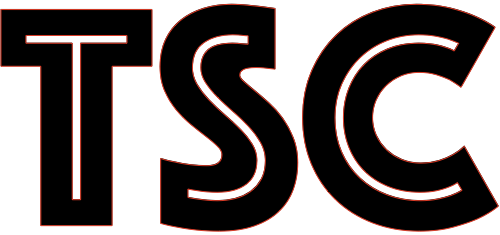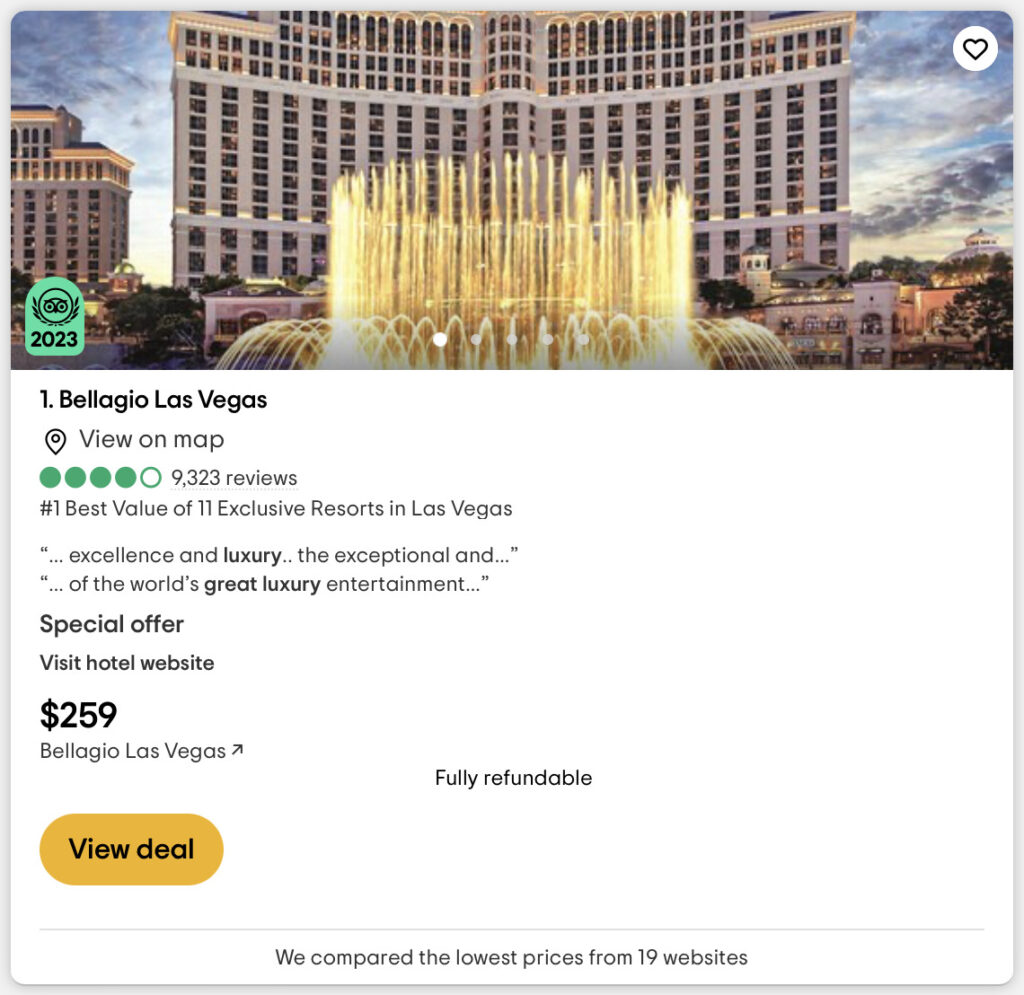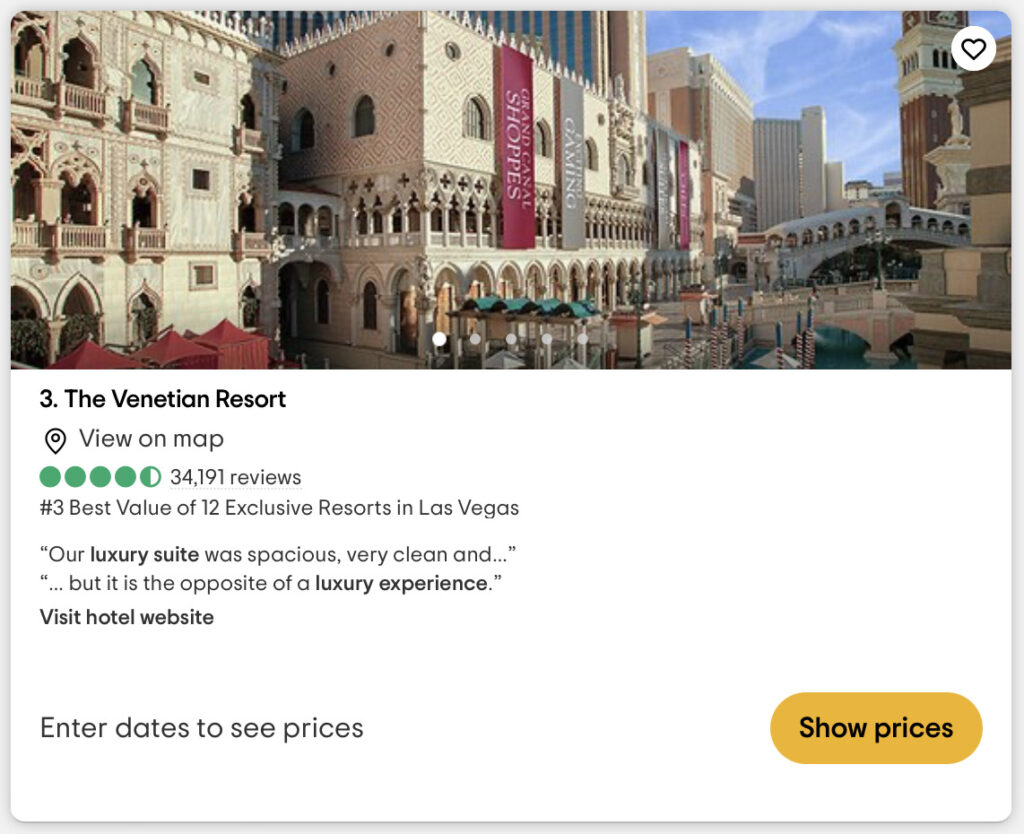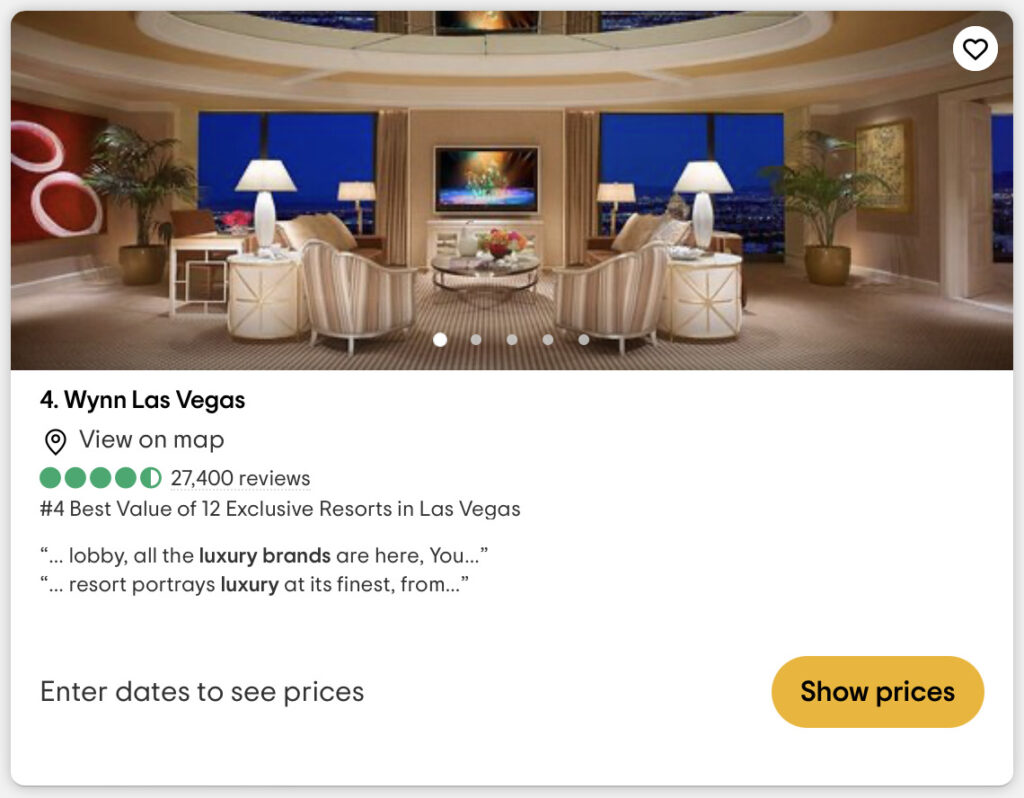
When you make purchases through our links we may earn a small commission.
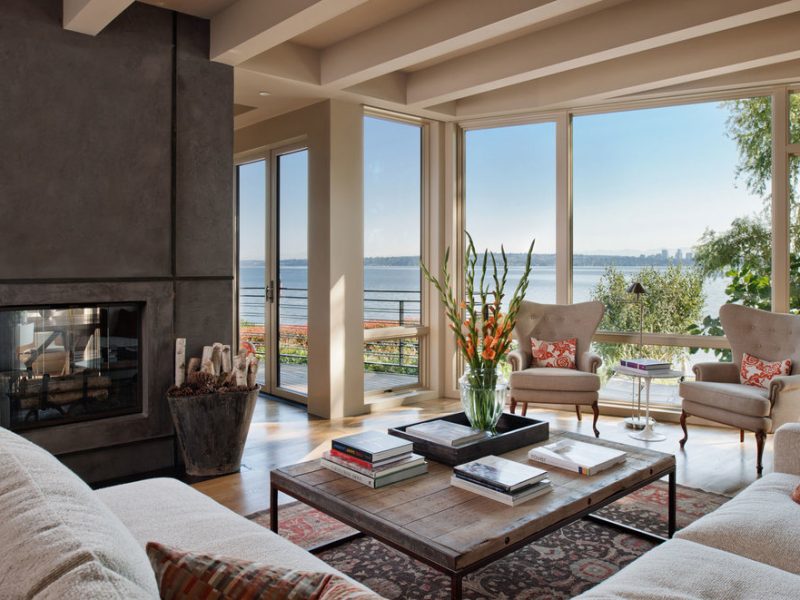
Photo Credit: hafershome.com
Put It On Your Wall: CanvasOnDemand.com
What are the costs associated with owning a staging company?
Owning a staging company can be a rewarding venture, but it’s crucial to understand and manage the associated costs. From the initial investment in inventory to ongoing expenses like storage, transportation, and marketing, a thorough understanding of the financial landscape is essential for long-term success. By carefully managing these costs and staying attuned to industry trends, staging entrepreneurs can build a sustainable and profitable business in the competitive world of real estate and interior design.
Understanding the Costs of Owning a Staging Company
Owning a staging company can be a lucrative venture, especially in the real estate and interior design industries. Staging involves preparing a property for sale by enhancing its visual appeal, making it more attractive to potential buyers. While the potential for profit is high, it’s essential for entrepreneurs in the staging business to be aware of the various costs associated with running such a company. In this article, we’ll explore the key expenses involved in owning a staging business and how they contribute to the overall financial landscape.
Initial Investment
Setting up a staging company requires an initial investment in essential resources such as furniture, decor items, lighting, and other staging elements. The quality and quantity of these items will significantly impact the overall cost. Additionally, expenses for storage space to house the staging inventory must be considered.
Transportation and Logistics
A staging company often needs a reliable means of transportation to move furniture and decor items to various locations. Costs associated with a suitable vehicle, fuel, insurance, and maintenance must be factored into the business budget. Efficient logistics are crucial to meeting client timelines and maintaining a positive reputation.
Storage Costs
Storing the staging inventory when not in use is a significant ongoing cost. Renting warehouse space or utilizing a storage facility can become a substantial expense, particularly in areas where real estate prices are high. Proper organization and maintenance of the storage space are essential to prevent damage to the inventory.
Insurance
Insurance is a vital component of any business, and staging companies are no exception. Liability insurance, property insurance, and commercial auto insurance are essential to protect the business and its assets in case of accidents, damages, or other unforeseen events.
Professional Fees
Staging often involves collaboration with real estate agents, photographers, and other professionals. Building a network of reliable collaborators is crucial, but it comes with associated costs. Budgeting for fees and commissions to pay these professionals is necessary for maintaining strong business relationships.
Marketing and Advertising
To attract clients, a staging company needs effective marketing and advertising strategies. This includes creating a professional website, developing promotional materials, and investing in online and offline advertising. These expenses are ongoing and essential for maintaining a visible and competitive presence in the market.
Training and Certification
Staging professionals may need to invest in continuous education, training programs, or certifications to stay updated with industry trends and best practices. While this is an investment in the expertise of the team, it adds to the overall operational costs.
Technology and Software
Utilizing technology and specialized software for project management, inventory tracking, and client communication can enhance the efficiency of a staging business. These tools often come with subscription fees and initial setup costs.
What are the typical rates, charges, and fees staging companies bill their clients?
Understanding the rates, charges, and fees of staging companies is essential for both staging professionals and their clients. Clear communication and transparency about pricing structures help establish trust and ensure that clients have a realistic expectation of the costs involved. Whether opting for a basic staging package or including additional services, being well-informed empowers clients to make informed decisions and ensures a positive and mutually beneficial staging experience.
Navigating the Costs: A Guide to the Rates, Charges, and Fees of Staging Companies
Staging has become a pivotal element in the real estate and interior design industries, enhancing the visual appeal of properties and facilitating faster sales. As clients increasingly recognize the value of staging, it’s essential for both staging companies and potential clients to understand the typical rates, charges, and fees associated with these services. In this article, we will delve into the various factors that influence the pricing structures of staging companies and shed light on what clients can expect when engaging such services.
Consultation Fees
Many staging companies charge an initial consultation fee. This fee covers the time and expertise of the staging professional as they assess the property, discuss the client’s goals, and provide recommendations. The consultation fee is often a fixed amount, and in some cases, it may be waived or rolled into the overall staging cost if the client chooses to proceed with the services.
How much do staging companies typically charge for consultation fees?
The consultation fees charged by staging companies can vary based on factors such as the company’s location, the expertise of the stager, and the scope of the consultation. On average, however, consultation fees typically range from $150 to $600 or more. Some staging companies may offer a flat rate for the initial consultation, while others might charge an hourly fee.
Here are a few considerations that may influence the consultation fee:
Geographic Location: Staging companies in urban or high-cost-of-living areas may charge higher consultation fees compared to those in suburban or rural areas.
Stager’s Experience and Reputation: Established and experienced staging professionals with a strong portfolio and positive reviews may command higher consultation fees.
Scope of the Consultation: If the consultation involves a comprehensive assessment of a larger property with specific recommendations for multiple rooms, it may lead to a higher fee compared to a more basic consultation.
Inclusion of Consultation Fee in Staging Costs: Some staging companies may offer a complimentary or discounted consultation fee if the client decides to proceed with their staging services. In such cases, the consultation fee might be rolled into the overall staging package.
Market Demand: High demand for staging services in a particular market can also influence consultation fees. In competitive markets, staging professionals may set higher fees for their time and expertise.
It’s important for clients to inquire about consultation fees during the initial contact with a staging company and to clarify what services are included in this fee. Additionally, clients should consider the potential value of the consultation in terms of the insights and recommendations provided by the stager, which can significantly impact the successful presentation of the property for sale.
Staging Packages
Staging companies typically offer different packages based on the size and type of the property. These packages may include a set number of rooms, furniture pieces, and decor items. Prices vary depending on the level of service and the quality of the inventory provided. Clients can choose from basic packages for a more budget-friendly option or premium packages for a more comprehensive and upscale staging.
How much do staging companies typically charge for staging packages?
The cost of staging packages can vary widely based on factors such as the size of the property, the level of service required, the quality of the furniture and decor items provided, and the location of the staging company. On average, staging packages can range from $500 to $5,000 or more.
Here are some considerations that may influence the pricing of staging packages:
Property Size: Larger properties generally require more furniture and decor items, which can lead to higher staging costs. Staging companies often base their pricing on the number of rooms or square footage of the property.
Level of Service: Staging companies may offer different levels of service, ranging from basic staging with essential furniture to premium staging with high-end furnishings and custom design. The more comprehensive the service, the higher the cost.
Quality of Inventory: The quality and style of the furniture and decor items provided in the staging package can impact the overall cost. High-quality, on-trend furnishings may result in a higher price point.
Staging Duration: The duration for which the property will be staged affects the cost. Staging companies typically charge monthly rental fees, so a longer staging period will incur higher costs.
Market Demand: In competitive real estate markets or areas with high demand for staging services, companies may adjust their pricing accordingly.
Customization and Add-ons: Staging packages often include a standard set of items. If clients request additional customization or specific add-ons, such as artwork, accessories, or specialty furniture, it may result in extra charges.
De-Staging Fees: Staging companies may charge fees for the de-staging process, which involves removing the furniture and decor items once the property is sold. These fees are typically separate from the initial staging package cost.
It’s important for clients to discuss their budget and expectations with the staging company to ensure a clear understanding of the services included in the package and any additional fees that may apply. Staging professionals often provide quotes based on the unique requirements of each property, making it crucial for clients to obtain personalized estimates for their specific needs.
Monthly Rental Fees
Staging involves the use of furniture and decor items to transform a space temporarily. Staging companies charge monthly rental fees for the duration of the staging, which is usually aligned with the average time a property remains on the market. The rental fees cover the use of furniture, maintenance, and storage during the staging period.
How much do staging companies typically charge for monthly rental fees?
Monthly rental fees for staging furniture and decor items can vary depending on factors such as the location of the staging company, the type and quantity of items being rented, and the overall market demand for staging services. On average, monthly rental fees can range from $500 to $2,500 or more.
Here are some key considerations that can influence the monthly rental fees for staging:
Location: Staging companies in high-cost-of-living areas or cities with a strong real estate market may charge higher rental fees due to increased operational costs.
Property Size: The size of the property being staged directly impacts the number of items needed, which can influence the monthly rental cost. Larger properties may require more furniture and decor pieces, leading to higher fees.
Quality of Furniture: The quality and style of the furniture and decor items provided for staging can affect the rental fees. Higher-end, designer furnishings may result in a higher monthly cost.
Staging Company Policies: Each staging company may have its own pricing structure and policies regarding monthly rental fees. Some companies may offer tiered pricing based on the level of service or the number of rooms staged.
Staging Duration: The length of time the property will be staged is a crucial factor in determining the monthly rental fees. Staging companies typically charge on a monthly basis, so a more extended staging period will incur higher costs.
Market Demand: In areas where there is a high demand for staging services, companies may adjust their pricing to reflect the competitive market.
It’s important for clients to discuss the specific terms of the rental agreement with the staging company. This includes understanding what is included in the monthly fee, any additional charges for specific items or services, and the policies regarding the duration of the staging period. Clear communication about pricing details helps both parties establish expectations and ensures a smooth collaboration throughout the staging process.
Additional Services
Staging companies may offer additional services beyond the standard packages. These could include professional photography, virtual staging, and custom design services. Such add-ons often come with extra charges, allowing clients to tailor the staging process to their specific needs and budget.
How much do staging companies typically charge for additional services?
The cost of additional services offered by staging companies can vary based on the nature of the service and the pricing structure of the specific company. Additional services often come with extra charges, and these can range from a few hundred to several thousand dollars, depending on the complexity and scope of the service. Here are some common additional services and their potential cost ranges:
Professional Photography: Staging companies may offer professional photography services to showcase the staged property in its best light. The cost for professional real estate photography can range from $100 to $500 or more.
Virtual Staging: Virtual staging involves digitally enhancing photographs of a property with virtual furniture and decor. This service can be more cost-effective than physical staging and may range from $50 to $200 per photo.
Custom Design Services: Clients seeking personalized design services or additional customization beyond the standard staging package may incur extra charges. Custom design fees can vary widely but might start at a few hundred dollars.
Artwork and Accessories: If clients request specific artwork, accessories, or specialty items beyond the standard staging inventory, additional charges may apply. The cost can depend on the type and value of the items requested.
Extended Staging Period: Some clients may need to extend the staging period beyond the initially agreed-upon timeframe. Staging companies typically charge additional monthly rental fees for extended periods, which can be similar to the initial monthly rental fees.
Consultation and Design Fees: Staging companies may offer more in-depth consultation and design services beyond the initial meeting. Fees for these services can range from $100 to $300 per hour or may be offered as a flat rate.
Accessory Rental: In addition to furniture, staging companies may offer accessory rental services for smaller items like pillows, throws, or decor pieces. The cost for accessory rental can vary based on the quantity and type of items requested.
It’s crucial for clients to discuss and confirm the pricing for additional services with the staging company before engaging in these services. Clear communication about the scope of work, associated costs, and any potential fees ensures that clients have a complete understanding of the overall investment in staging their property.
De-Staging Fees
Once a property is sold, the staging company will need to de-stage and retrieve their inventory. De-staging fees cover the costs associated with dismantling and removing furniture and decor items from the property. It’s essential for clients to understand these fees and plan for them in the overall budget.
How much do staging companies typically charge for de-staging fees?
De-staging fees, also known as removal or take-down fees, are charges associated with the process of dismantling and removing the staged furniture and decor items once a property has been sold. The cost of de-staging fees can vary depending on factors such as the size of the property, the amount of staging involved, and the policies of the staging company. On average, de-staging fees can range from $150 to $500 or more.
Here are some considerations that may influence the cost of de-staging fees:
Property Size: Larger properties may require more time and labor for the de-staging process, which can lead to higher fees.
Number of Rooms Staged: Staging companies often base their fees on the number of rooms or areas staged. More extensive staging may result in higher de-staging fees.
Complexity of Staging Setup: If the staging involved complex arrangements, unique furniture configurations, or additional accessories, de-staging may take longer, impacting the overall cost.
Travel and Logistics: If the property is located outside the staging company’s typical service area, additional travel and logistics considerations may contribute to higher de-staging fees.
Staging Company Policies: Each staging company may have its own policies regarding de-staging fees. Some may include this cost as part of the overall staging package, while others may charge it separately.
Time Frame: The time frame within which de-staging needs to be completed can influence the cost. Urgent or last-minute de-staging requests may incur higher fees.
It’s important for clients to discuss de-staging fees with the staging company during the initial contract negotiations. Clear communication about the terms and conditions, including any potential additional fees, ensures that both parties are on the same page and helps avoid any misunderstandings at the conclusion of the staging process. Clients should also inquire about any policies related to partial de-staging if only certain items need to be removed.
Travel and Logistics
Staging companies may charge additional fees for transportation and logistics, especially if the property is located outside their typical service area. This can include mileage charges, fuel costs, and additional labor fees for more complex staging setups.
How much do staging companies typically charge for travel and logistics?
The charges for travel and logistics in the staging industry can vary based on the location of the property, the distance the staging company needs to travel, and the specific policies of the staging company. Typically, staging companies may charge additional fees to cover travel expenses, and these can range from $50 to $300 or more, depending on the factors mentioned above.
Here are some considerations that can influence the cost of travel and logistics fees:
Distance from Staging Warehouse: The proximity of the property to the staging company’s warehouse or storage facility is a significant factor. Longer distances may result in higher travel fees to cover transportation costs.
Fuel Costs: Staging companies may consider fuel costs when determining travel fees. This can vary based on the distance to the property and the fuel efficiency of the vehicle used for transportation.
Transportation Method: The mode of transportation chosen by the staging company, whether it’s a dedicated staging truck or a third-party moving service, can impact travel fees.
Location Type: The type of location, such as whether the property is in an urban, suburban, or rural area, can influence travel and logistics fees. Urban areas may have traffic considerations and parking challenges that affect costs.
Labor Costs: Travel and logistics fees may also account for the time and labor involved in transporting, unloading, and setting up the staging items at the property.
Staging Company Policies: Each staging company may have its own policies regarding travel and logistics fees. Some companies may include these costs in the overall staging package, while others may charge them separately.
It’s important for clients to discuss travel and logistics fees with the staging company during the initial consultation or contract negotiation phase. Clear communication about these fees helps clients understand the total cost of staging services and allows staging professionals to provide accurate and transparent pricing based on the specific needs of the project.
Insurance Fees
To safeguard their inventory during the staging period, staging companies often charge insurance fees. This covers any potential damage or loss of items while they are in the client’s property. It’s crucial for clients to inquire about the extent of insurance coverage and associated fees.
How much do staging companies typically charge for insurance fees?
The cost of insurance fees for staging services can vary depending on the staging company’s policies, the value of the staged items, and the coverage provided. On average, staging companies may charge insurance fees ranging from 1% to 3% of the total value of the staged furniture and decor. However, this can vary, and some companies may have a flat fee or a tiered pricing structure based on the value of the inventory.
Here are some considerations that can influence the cost of insurance fees:
Coverage Amount: The total value of the staged items impacts the insurance fees. Higher-value inventory may result in higher insurance costs to adequately cover potential damages or losses.
Insurance Policy Type: Staging companies may have different types of insurance policies to cover their inventory during the staging period. The cost can depend on factors such as the extent of coverage, deductible amounts, and the insurance provider.
Duration of Staging: The length of time the property will be staged affects the insurance fees. Staging companies typically charge insurance on a monthly basis, so a more extended staging period will incur higher costs.
Staging Company Policies: Each staging company may have its own policies regarding insurance fees. Some companies include insurance as part of the overall staging package, while others charge it as a separate fee.
Insurance Provider: The staging company’s choice of insurance provider and the associated costs of coverage can impact the insurance fees passed on to the client.
It’s essential for clients to discuss insurance fees with the staging company during the initial consultation and to thoroughly review the terms and conditions of the insurance policy. Understanding the coverage provided, any limitations, and the associated costs ensures that clients have a clear picture of the financial aspects of protecting the staged inventory. Open communication between the staging company and the client helps build trust and transparency in the staging process.
Why should people or businesses selling homes pay for a staging service?
Leveraging the expertise of a professional staging service can be a strategic and valuable decision for anyone selling a home. From maximizing visual appeal to expediting the sale process, staging enhances the overall presentation of a property, making it more attractive and memorable to potential buyers.
5 Reasons to Utilize a Staging Service When Selling A Home
In the competitive real estate market, making a positive first impression is crucial for attracting potential buyers. One effective way to elevate the appeal of your property is by utilizing professional staging services. Here are the top five reasons why individuals and businesses selling homes should consider the advantages of staging:
Maximizing Visual Appeal: Staging transforms empty or outdated spaces into visually appealing, well-designed environments. Professional stagers have an eye for enhancing the positive features of a property and minimizing any shortcomings. By strategically placing furniture, decor, and accessories, staging creates an inviting atmosphere that resonates with potential buyers. This visual appeal can significantly impact a buyer’s perception of the property, leading to increased interest and a faster sale.
Highlighting Potential and Functionality: Staging goes beyond mere decoration; it showcases the potential and functionality of each space. Stagers carefully consider the layout of rooms, emphasizing key features and helping buyers envision the practical uses of different areas. This process can be particularly beneficial for unique or challenging spaces, demonstrating creative solutions that may not be immediately apparent to prospective buyers. Staging helps them see the property’s possibilities, making it more likely they will emotionally connect with the space.
Creating a Memorable Online Presence: In the digital age, the majority of homebuyers begin their search online. Staging contributes to creating visually stunning and memorable online listings. Professionally staged homes are more likely to stand out in photographs and virtual tours, capturing the attention of potential buyers browsing through countless listings. A well-staged home in online images can spark interest, prompting viewers to schedule in-person visits, ultimately increasing the likelihood of a successful sale.
Expediting the Sale Process: Staged homes often spend less time on the market compared to non-staged properties. The enhanced visual appeal, combined with a clear presentation of each room’s purpose, attracts buyers more quickly. A staged home is more likely to make a positive impression during showings, potentially leading to faster offers and a smoother sales process. The investment in staging can pay off by reducing the time a property spends on the market, minimizing carrying costs and maximizing the return on investment.
Increasing Perceived Property Value: A well-staged home conveys a sense of care and attention to detail, contributing to a higher perceived value in the eyes of potential buyers. Buyers are often willing to pay a premium for a property that feels move-in ready and aesthetically pleasing. Staging allows sellers to position their homes as desirable and well-maintained, potentially leading to a higher selling price. The relatively modest cost of staging can result in a significant return on investment by positively influencing the perceived value of the property.
You’ll get more articles like this – and our favorite promotional offers delivered straight to your inbox.
By submitting this form you agree to our terms and conditions. You can unsubscribe at any time.

Video: Mad Money Lightning Round 3/18 | Jim Cramer

Video: When you start investing go small, says Jim Cramer



Video: Lily Alcott SKIMS VS. AMAZON TRY-ON HAUL

GFYG: Fun ALL Schoolgirl Try-On Haul

GFYG: Rachel Cook High-End Bikini Try-On Haul!

GFYG: SPICY 🌶️ HALLOWEEN COSTUME TRY-ON HAUL 🔥 W CELINA SMITH

Video: Rae Fitness MARIEMUR Bold Luxury Looks Try-On Haul



Video: Scarlett Blahyj SHEIN TRY ON HAUL (HOLIDAY OUTFITS)
